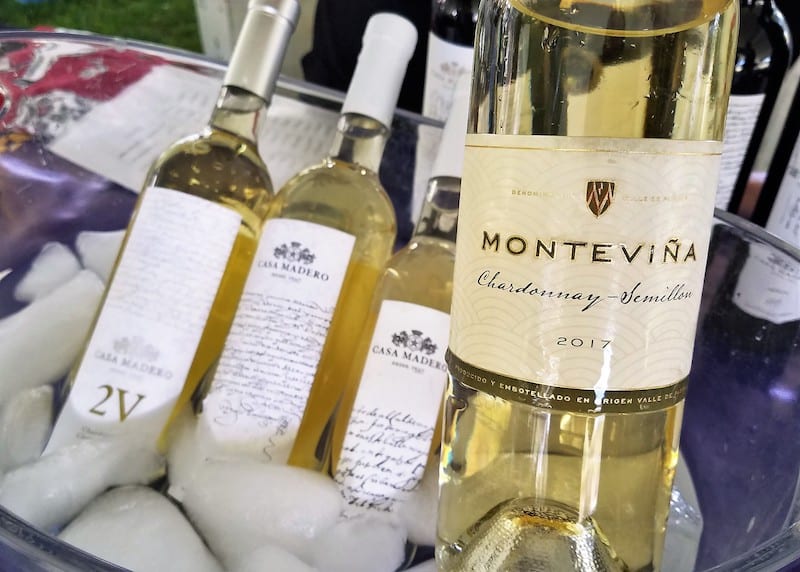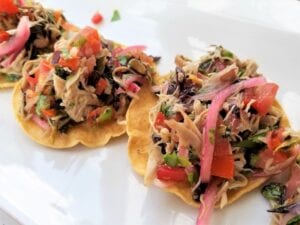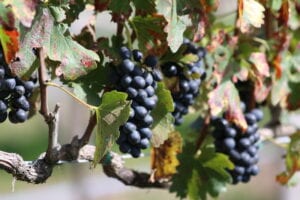Discover the MEXICAN
Wine Country
When people hear Mexico, thoughts of sandy beaches, all-inclusive resorts and tequila are usually what come to mind, but did you know that Mexico is the oldest wine growing region in the Americas? It’s true! Unless you have ventured “south of the border” through Baja or visited Colonial Mexico, you likely wouldn’t know there is a burgeoning Mexican wine industry.
The Mexican wine industry has been marred with foreign policy and taxation in the past, today Mexico’s wine industry is creating waves in the wine world. The Carpe Travel Mexican Wine Country Travel Guide shares a short history of the Mexican wine industry, popular grapes, wine regions and of course, where to sip, stay and things to do beyond the vines. Scroll on to sip in more.
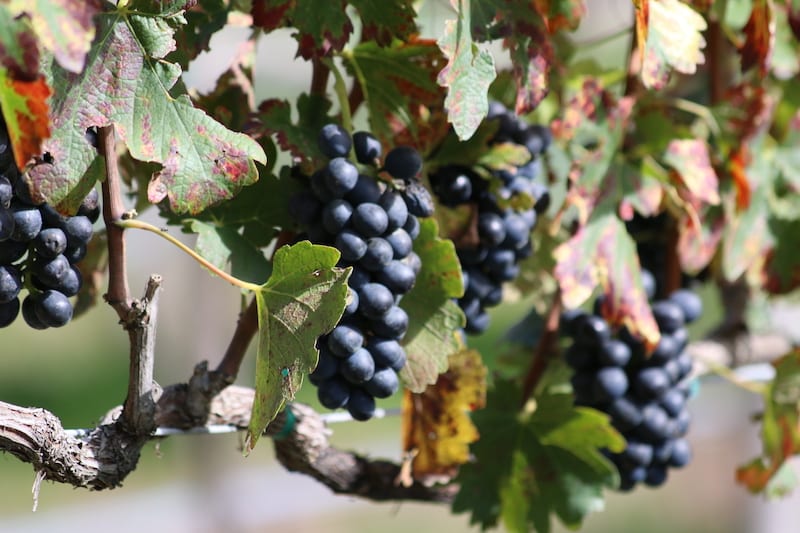
WHERE IS MEXICO'S WINE COUNTRY?
Baja and Central Mexico are the two most established Mexican wine regions in enotourism. Valle de Guadalupe in Baja is the more famous wine route running along Highway 3.
BEST TIMES TO VISIT
The best time to visit the Baja wine region is between April and October. These are the driest months and July-September is the harvest season. Central Mexico has spring-like weather year-round.
TOP GRAPE VARIETIES IN NAPA VALLEY
Mexico grows over 40 different varietals of wine grapes. The Baja region excels with Cabernet Sauvignon, Chardonnay, Chenin Blanc, Nebbiolo, Zinfandel, Carignan, Tempranillo, and Merlot.
The Central Mexico region is known for its sparkling white wines, Sauvignon Blanc, Malbec, Tempranillo, Semillon, and Syrah. Depending on the winery and their micro-climate, you might also find Gewürztraminer, Verdejo, Aglianico, Cabernet Franc and Barbera and Pinot Noir.
The country’s landscape is as varied as its cuisine, and currently 14 states are growing vines. From the Mediterranean climate of Baja California to the high desert mountains and plateaus of Northern and Central Mexico, the climate and terrain mimic conditions you would find in Spain or France. Low humidity, dry air and diurnal shifts, sometimes up to 30-degree temperature swings, provides the vines with the perfect conditions in which to thrive.
Planning Your MEXICAN Wine Country Vacation
REGIONAL GUIDES & WINE TASTING ITINERARIES
BAJA | VALLE de GUADALUPE
Baja is the most well-known of Mexico’s wine regions – 90% of the wines exported from Mexico are grown in Baja. Valle de Guadalupe is the more famous wine route in the region running along Highway 3. In the past 15 years, this region has grown from little farms and ranches to one of the top enotourism destinations in the world. This guide includes sips on the region, from how and when to go to the main grapes produced to the top Valle de Guadalupe wineries as well as where to stay, eat and things to do.
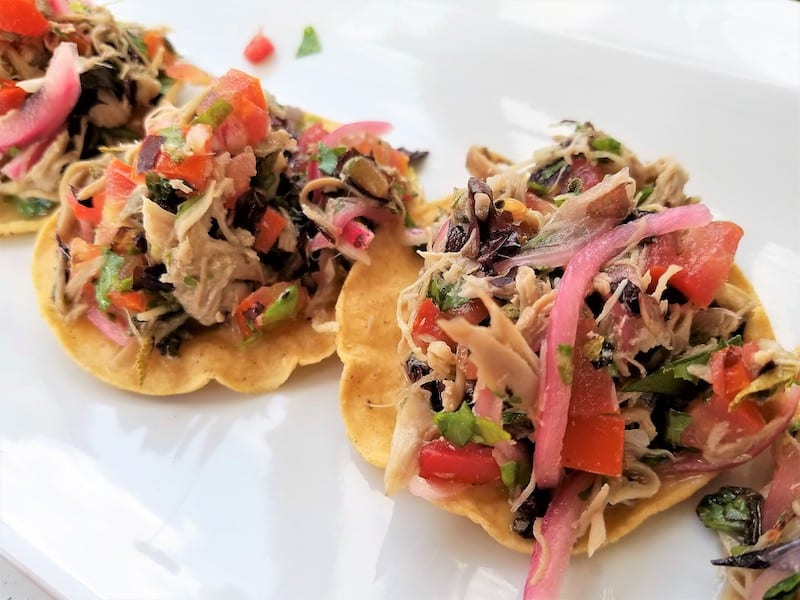
CENTRAL MEXICO | QUERETARO & SAN MIGUEL de ALLENDE
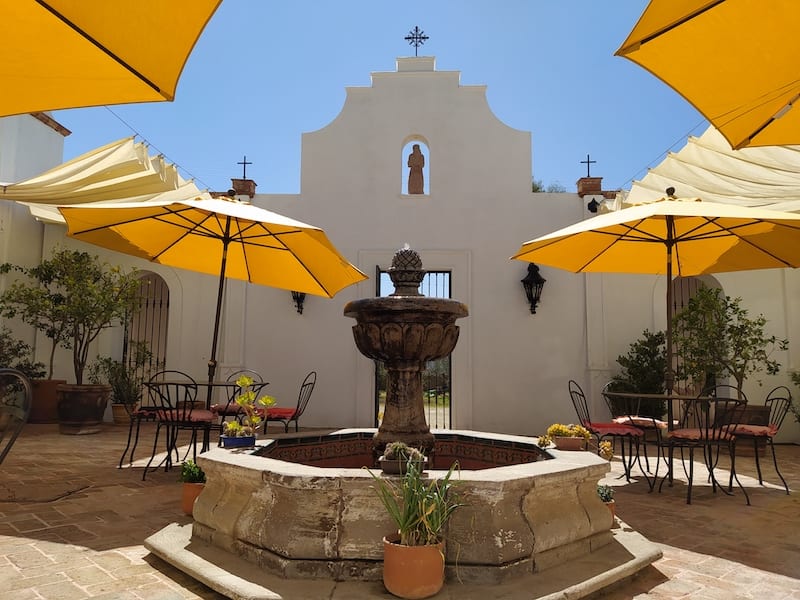
WHERE TO STAY IN MEXICO'S WINE REGIONS
VALLE de GUADALUPE
- Bruma Valle de Guadalupe
- El Cielo Winery & Resort by Karisma
- La Villa del Valle
CENTRAL MEXICO | QUERETARO & SAN MIGUEL de ALLENDE
- Puerta del Lobo Winery
- Hacienda Atongo
- Casa de la Marquesa
WHERE TO SIP N MEXICO'S WINE REGIONS
VALLE de GUADALUPE
- Bodega Santo Tomas
- Hacienda La Lomita
- Finca La Carrodilla
- MORE
CENTRAL MEXICO | QUERETARO & SAN MIGUEL de ALLENDE
- Cava Freixenet in Queretaro
- De Cote in Queretaro
- Cuna de Tierra in San Miguel de Allende

Sip in More of Mexico

Tiffany Pence
Tiffany Pence is a freelance travel writer living in Mexico. She and her husband moved to Mexico to learn more about its regional cuisines and wine regions. Together, they have a travel website EpicureanExpats.com and English-speaking tour company Wine Tours by Epicurean Expats focused on wine, food and culture around Queretaro and San Miguel de Allende.

